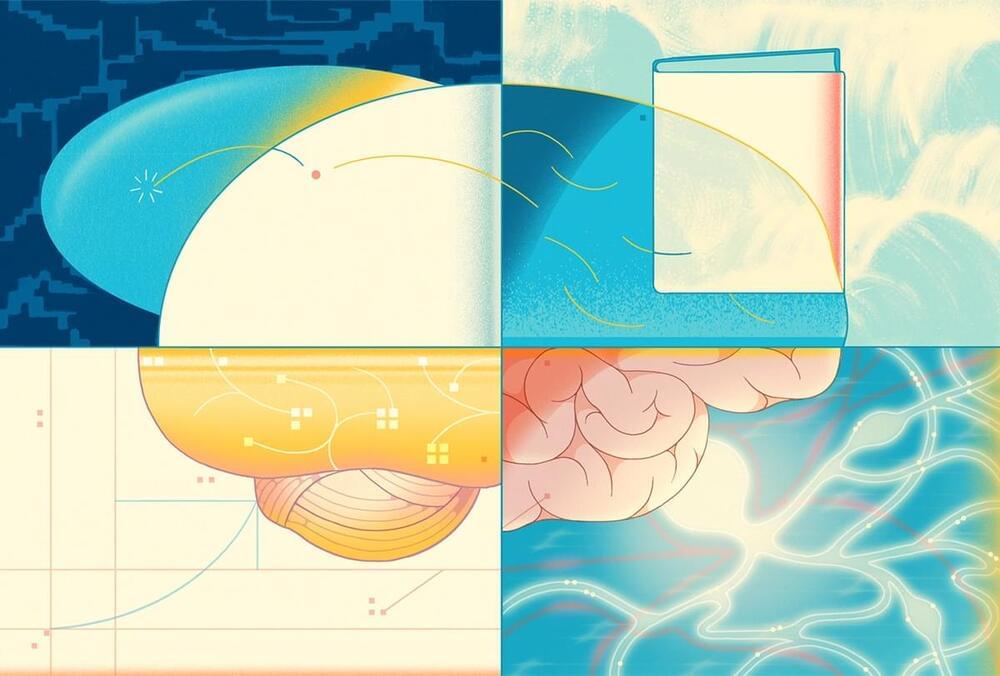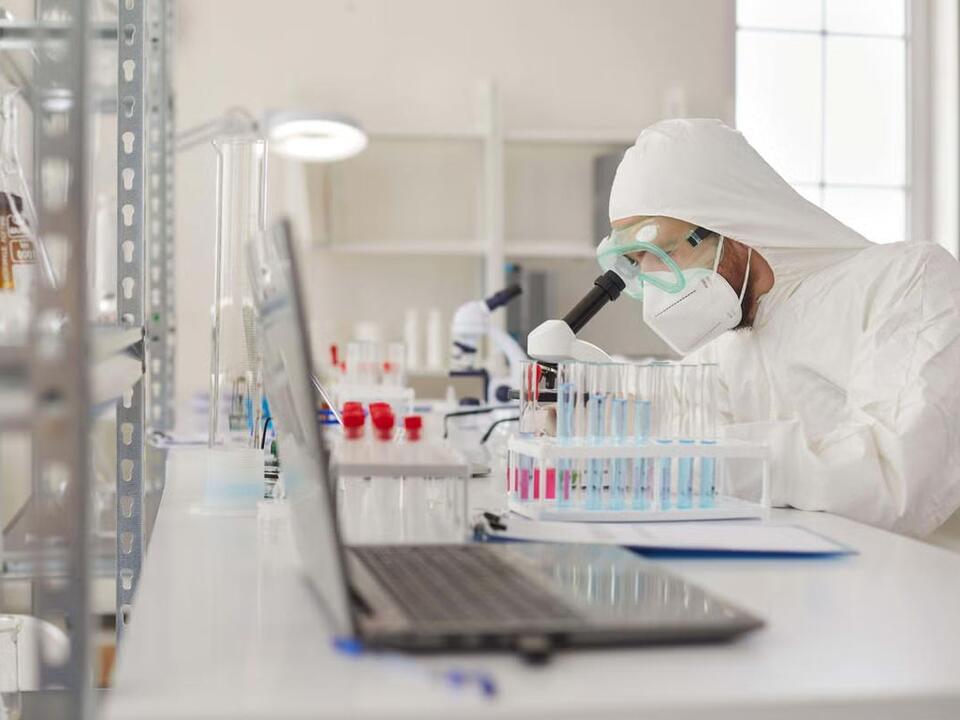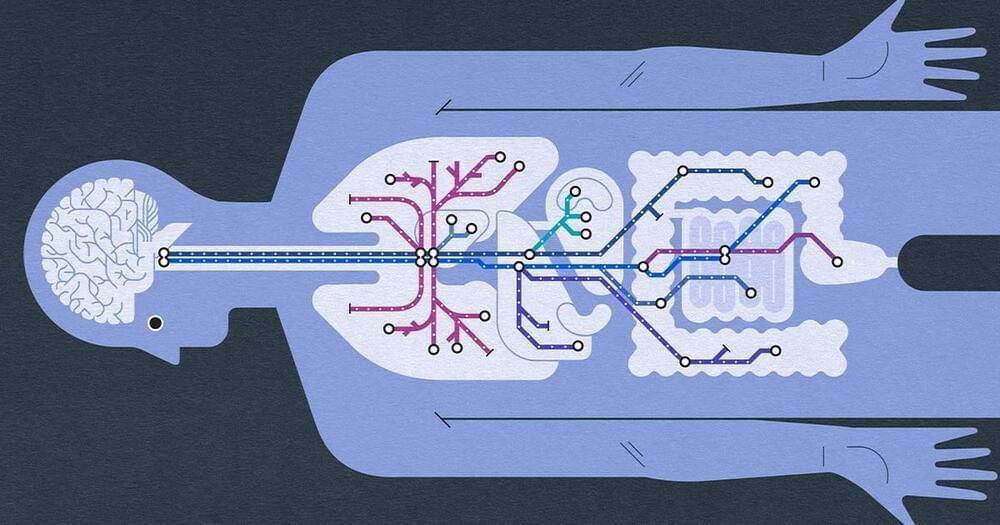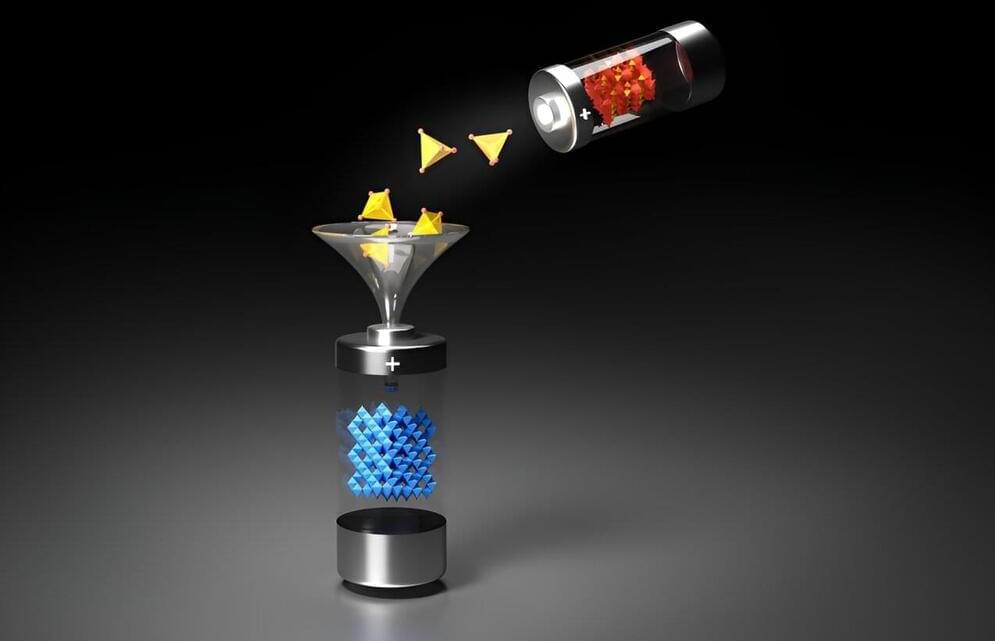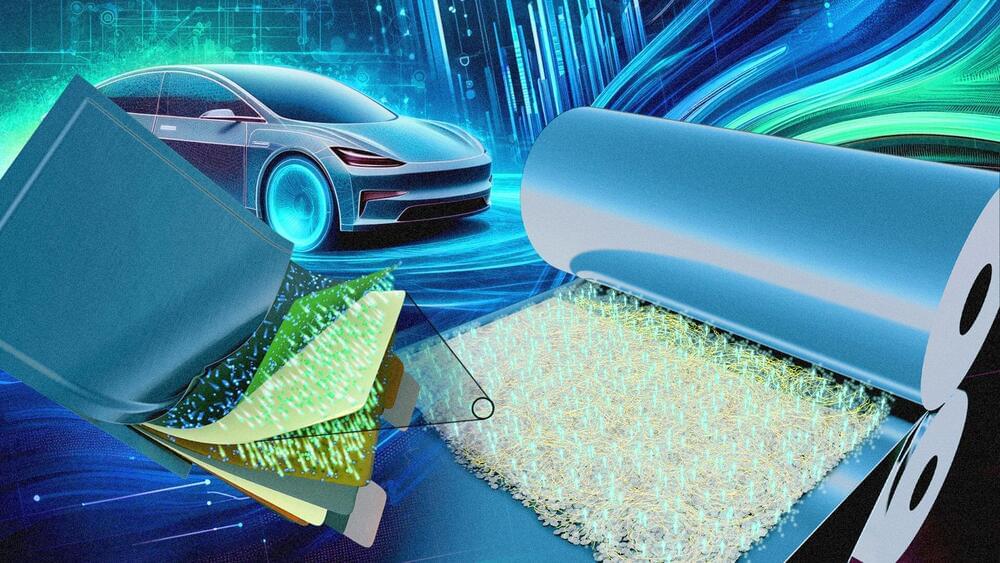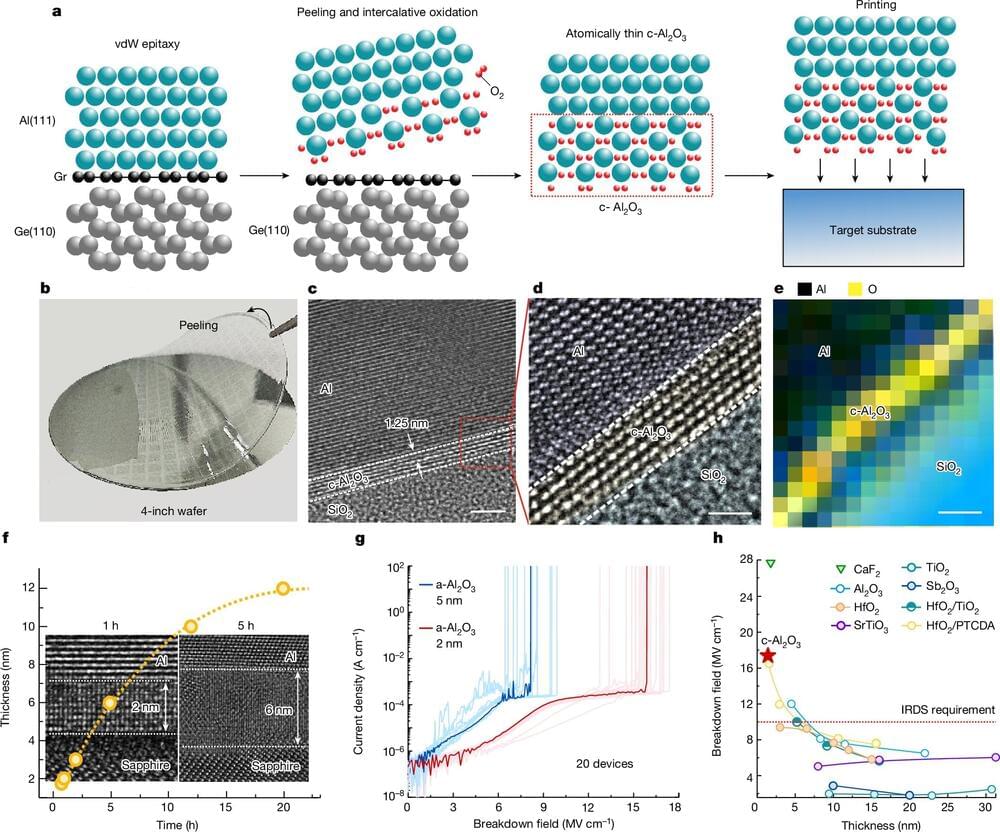
A team of electrical and computer engineers at Shanghai Institute of Microsystem and Information Technology, Chinese Academy of Sciences, working with one colleague from City University of Hong Kong and another with Fudan University, has developed a new two-dimensional, low-power-consumption field-effect transistor (FET) that could allow smartphones to need recharging less often.
In their paper published in the journal Nature, the group describes how they overcame problems with high gate leakage and low dielectric strength that have stymied other researchers looking to create smaller and thinner computer chips. Two of the team members (Ziao Tian and Zengfeng Di) have published a Research Briefing, summarizing their work in the same journal issue.
Over the past several years, computer engineers have been searching for new materials that will allow further miniaturization of silicon field-effect transistors. This will enable the addition of more features in phones and other devices without making them bigger. It is also a necessity for the development of 5G devices that will come with AI applications that are still in development.
